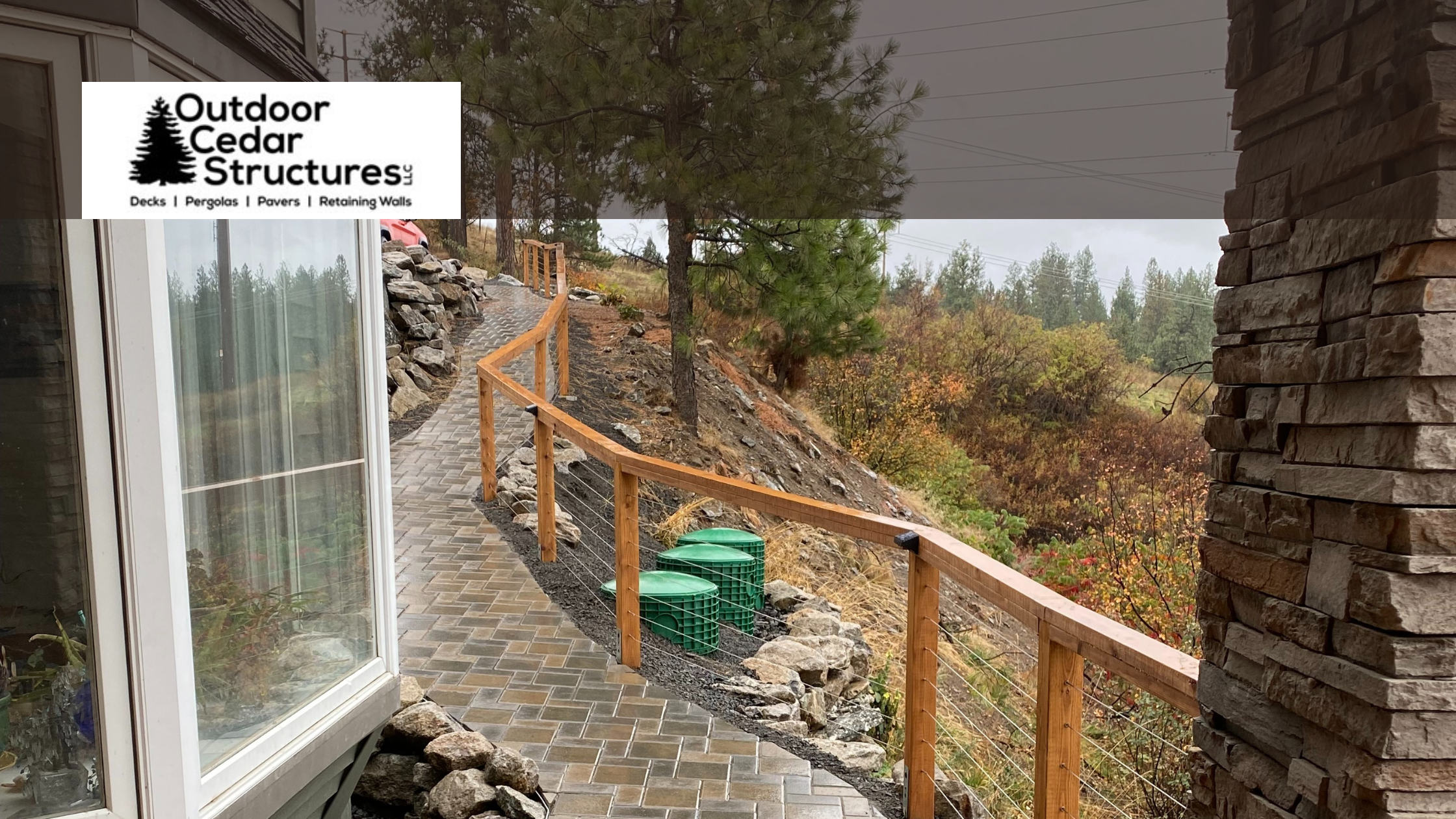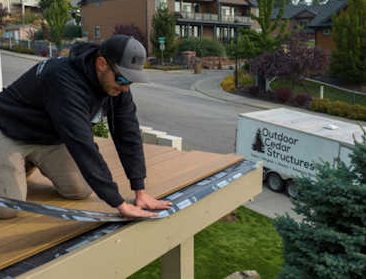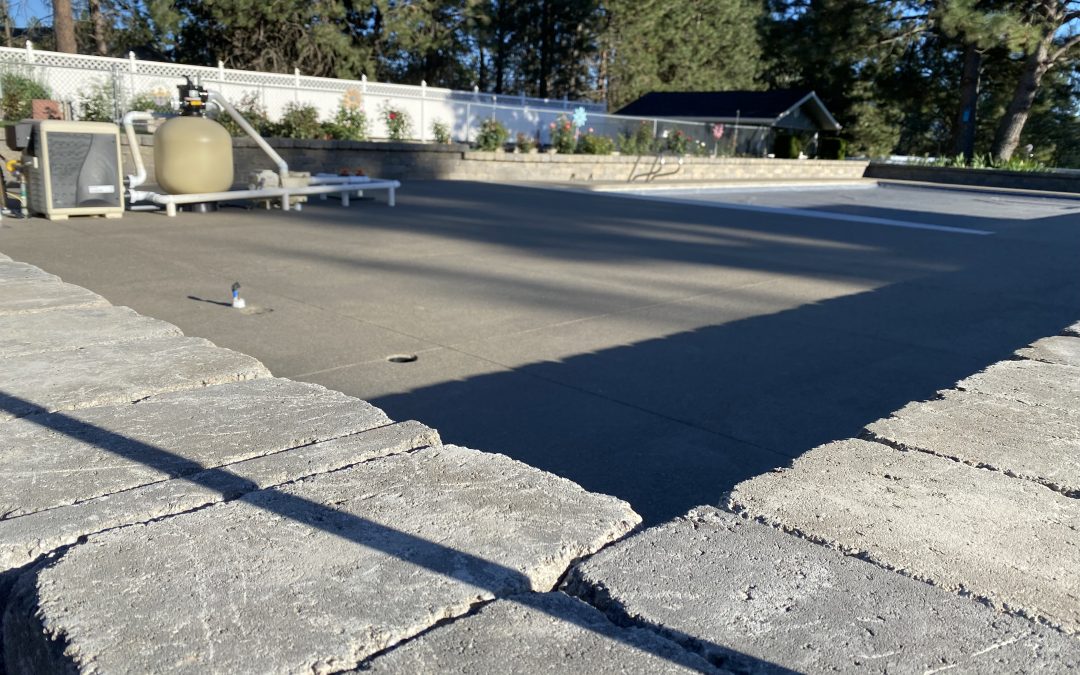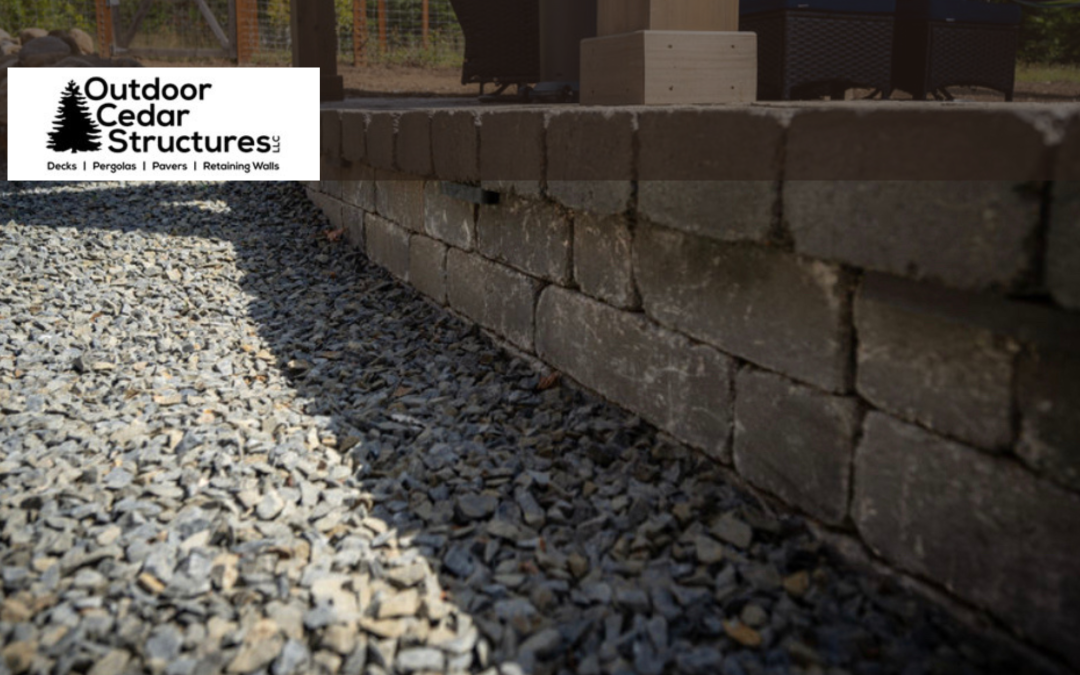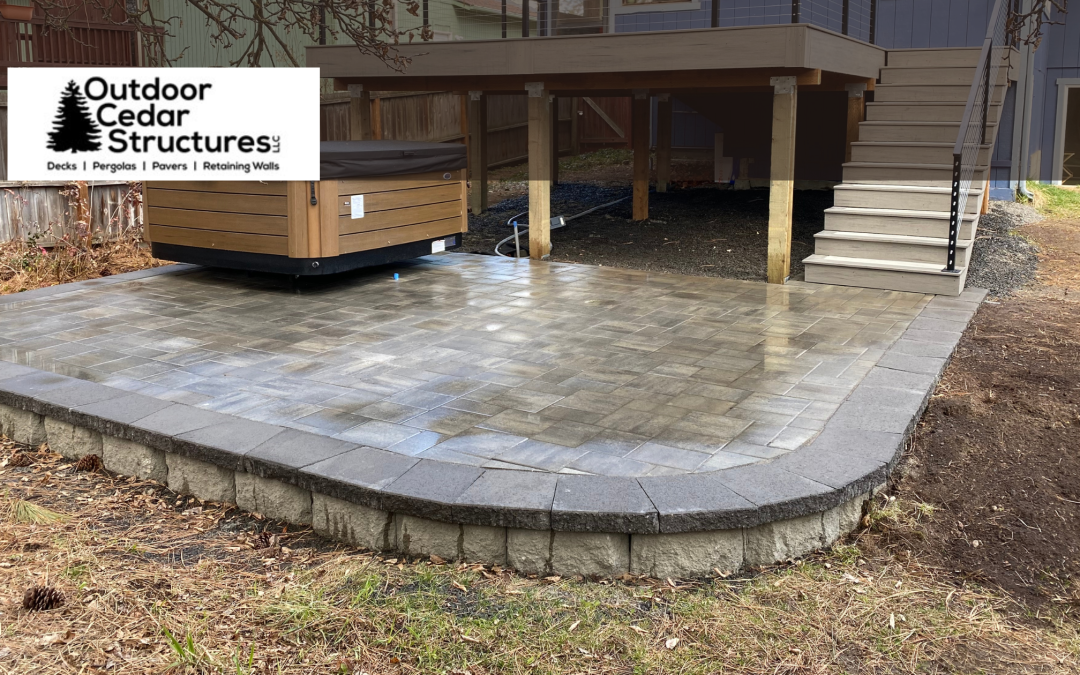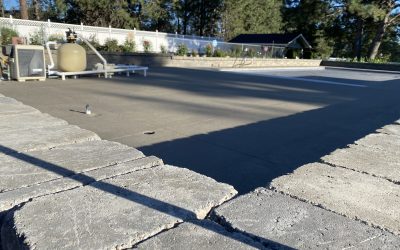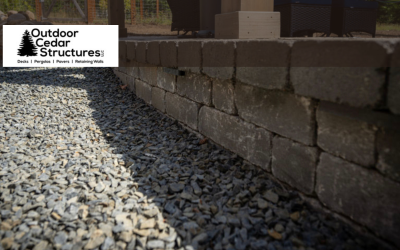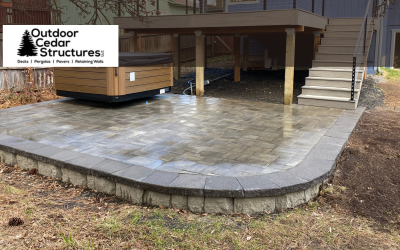Paver Edgers
High-quality pavers are a great start, but if you want your hardscape to last, you must also use a suitable paver edge restraint. It makes all the difference.
All kinds of pavers — from concrete to stone pavers — are prone to shifting and sinking over time without the proper edging. This is why it’s essential to hire professional installers. Their expertise is crucial in selecting suitable materials for the base and employing proven techniques to prevent the pavers from moving.
Whether you’re building a patio, driveway, sidewalk, walkway, pool deck, or any other outdoor space, you can count on these professionals to take the guesswork out of installing proper paver edge restraint on any hardscape project.
Why should you install proper edging for pavers in your backyard? This blog covers all the basics.
What exactly are paver edgers?
Paver edgers are materials used to create a border or edge around a paver installation (such as a patio, walkway, or driveway). They serve two primary purposes:
- Functionality—Everyday wear and tear from walking, driving, ground movement, and extreme weather can cause pavers to spread over time, which not only looks unsightly but can also damage your hardscape further. Proper edging can prevent this.
Edgers keep the pavers in place and prevent them from shifting or spreading over time, which is especially vital in areas with heavy foot or vehicle traffic.
- Aesthetics – Paver edgers give your project a clean and finished look. They also prevent weeds and moss from intruding between pavers to keep your hardscape sharp and well-maintained. Moreover, they act as frames highlighting your driveway, patio, and pathways while adding a touch of visual sophistication to your property.
You won’t need paver edgers when the edges of your hardscape touch a solid and immovable surface (like a wall or a fixed curb). These structures usually provide sufficient lateral support.
Otherwise, it’s essential to use edging along the entire perimeter to keep the pavers in excellent condition for years without lifting or cracking.
There are different types of paver edging: plastic, concrete, stone, and metal. The best type for your project will depend on your budget, the amount of traffic the area receives, and the look you want to achieve. There is no such thing as the perfect paving edge restraint.
Everything depends on the sub-base and application. Problems often occur if the edging is designed for another use or if the installation is not done professionally.
Important note: Many people mistakenly believe that paver edging directly supports the pavers themselves. This is not the case. Paver edging functions by securing the bedding layer beneath the pavers.
This layer — typically made of sand or crushed gravel — stabilizes the pavers.
To ensure proper installation, a section of the bedding layer along the edge where the paver edging will be placed has to be removed. This exposes the underlying gravel base that provides the proper structural support for the entire paver system.
While placing the paver edging directly on top of the bedding layer might seem like a shortcut, it’s ultimately a temporary solution. Weather and traffic can gradually erode the exposed bedding layer over time and cause the pavers to lose support, potentially shifting or becoming uneven.
Securing the bedding layer with proper edging installed against the gravel base ensures your project’s long-term stability and integrity.
How are paver edgers installed?
Now that you know the critical role of edging in paver installation, you might be curious about the correct way to install paver edging. Here are some general tips:
- Choose the correct type of edging – The shape of your patio dictates whether you should use rigid or flexible trim. Straight edges generally need rigid boundaries, whereas round patio shapes work better with flexible borders.
- Secure the edging with spikes – Most edging options have metal spikes to be driven through the edging’s holes at 8 to 10-inch intervals for optimal stability.
- Lock the pavers in place – Bury the spikes into the ground to secure the pavers firmly.
- Cover the edges – Paver edging should be invisible after installation. Cover the edges with mulch or loamy soil.
To avoid complications, consider hiring experienced landscaping professionals.
They can ensure that your paver system meets the highest industry standards by using advanced equipment and techniques to secure them.
Let Outdoor Cedar Structures do the job.
Let us handle your paver installation project — from setting the base to selecting the proper edging.
Call Outdoor Cedar Structures at (509) 329-6054 to book a free design consultation and discover how pavers can unlock the full potential of your outdoor spaces.

